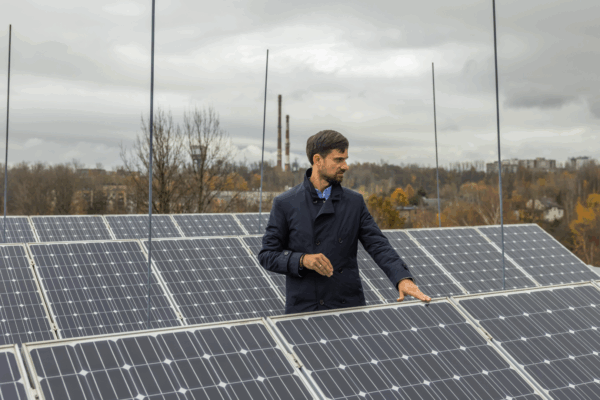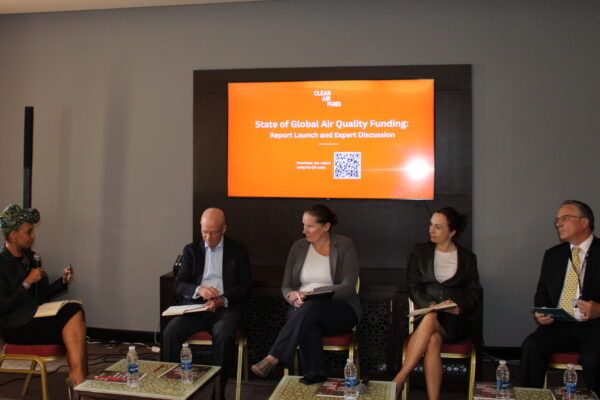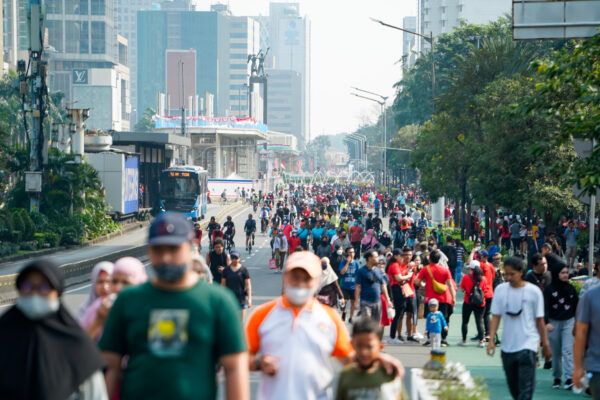
Development Finance Institutions (DFIs) have a core role to play in supporting air quality action in low- and middle-income countries. Only 1% of international development assistance is allocated to projects with a specific aim to improve air quality. Yet integrating clean air into their projects is a smart way for DFIs to maximise their resources for people, planet and economy.
This toolkit has been developed to support DFIs, primarily multilateral development banks (MDBs) and bilateral donors to better understand air pollution and how their development projects can lead to air quality improvement. The guidance is designed for project officers and managers working across different sectoral development projects with little or no knowledge of air quality. It provides background information on air pollution and how working on air quality issues can help drive development, improve health, deliver economic benefits, and achieve climate change mitigation and adaptation. It also demonstrates some simple steps to support the inclusion of air quality in projects. The toolkit was developed by Ricardo Group and Clean Air Asia, with financial support from Clean Air Fund. It has been endorsed by the Asian Development Bank (ADB), the Inter-American Development Bank (IDB), Agence Française de Développement (AFD), Japan International Cooperation Agency (JICA), German Agency for International Cooperation (GIZ) and Expertise France.
The toolkit comprises two parts:
- Part 1: Information on air pollution – sets out critical information on air quality, explaining why it is important, how it can be better understood and what actions can be taken to improve it. Part 1 is designed to act as a signpost for relevant resources on air quality and includes various links to supporting information and examples of good practice from around the world. This information is designed to provide the “why?” for the inclusion of air quality into projects.
- Part 2: Clean Air Guide for Project Officers – a practical guide on how air quality can be better integrated into project development, discussing each stage of the project development lifecycle, with the aim of maximising air quality benefits at each step and improving the tracking and reporting of air quality impacts. Two appendices are also included, providing a repository of actions known to be effective in tackling air pollution, and a comprehensive list of air quality indicators.


